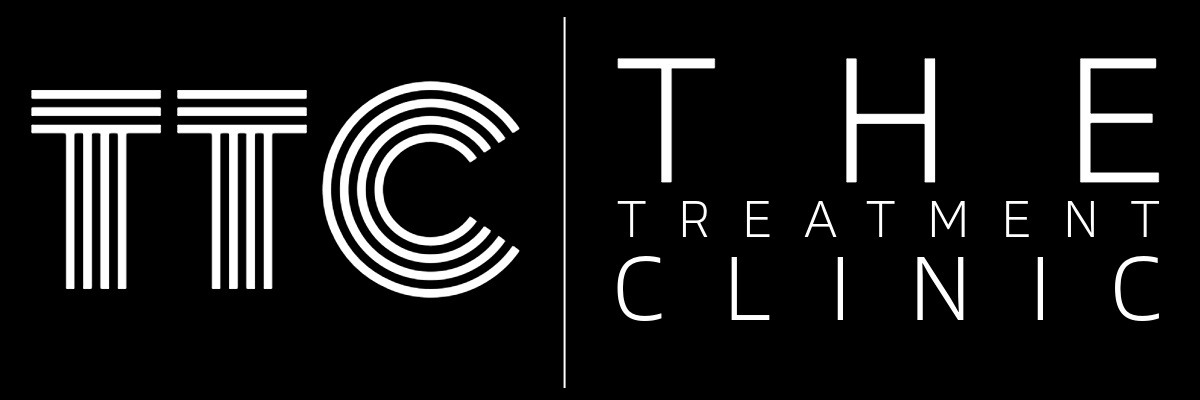Surgical vs. non-surgical cosmetic treatment options: Some food for thought when considering which path is right for you
Deciding between surgical and non-surgical cosmetic treatments can be quite the fork in the road if you're aiming to refresh your look. Both paths offer distinct advantages and potential drawbacks. Here’s a rundown to help you chew over your options.
The Surgical Route
Surgical cosmetic procedures, like face-lifts, liposuction, or rhinoplasty, are typically a go-to when looking for dramatic, long-lasting changes. These procedures can effectively address deeper issues such as sagging skin, significant body contour changes, or substantial facial structural adjustments.
Pros:
Lasting Results: One of the biggest selling points of surgical options is the longevity of the results. A successful procedure can last many years or even a lifetime, depending on the specific surgery and individual factors.
Comprehensive Changes: Surgical procedures can offer more significant and noticeable changes that non-surgical options might not achieve.
Cons:
Recovery Time: Post-surgery recovery can be lengthy. Depending on the procedure, it might take weeks or even months to fully recover.
Risks: As with any surgery, there are associated risks such as infection, complications from anesthesia, and scarring.
Cost: Generally, surgical options are more expensive upfront compared to non-surgical treatments.
The Non-Surgical Path
Non-surgical treatments have surged in popularity, thanks to advancements in technology and techniques. These include Botulinum toxin, fillers, laser treatments, and chemical peels, which can offer a more youthful appearance without the need for surgery.
Pros:
Less Downtime: Most non-surgical treatments require minimal to no downtime, allowing you to get back to your daily routine almost immediately.
Lower Risk: These treatments typically involve less risk than surgical procedures. The most common side effects might include temporary redness, swelling, or bruising.
Cost-Effectiveness: Generally, non-surgical options are less expensive per session than surgical procedures.
Cons:
Maintenance Required: To maintain the results of non-surgical treatments, you'll likely need regular follow-ups and additional treatments.
Subtler Results: While improvements can be remarkable, the results are often less dramatic than what surgery might achieve.
Which Path Is Right for You?
The decision largely hinges on your specific cosmetic goals, lifestyle, and how you weigh the importance of factors like recovery time and potential risks. If you're seeking a significant change and are prepared for the downtime and expense, surgery might be the way to go. However, if you prefer a less invasive approach, with flexibility and shorter recovery times, non-surgical options could be your best bet.
It’s always wise to consult with a qualified professional who can provide personalized advice based on your individual needs and expectations. The Treatment Clinic can help you navigate this decision by discussing potential outcomes and what to expect from each type of treatment.
Ultimately, whether you opt for the scalpel or the syringe, the most important thing is that you feel confident and informed in your choice. So take your time, gather all the info, and choose the path that feels right for you.

